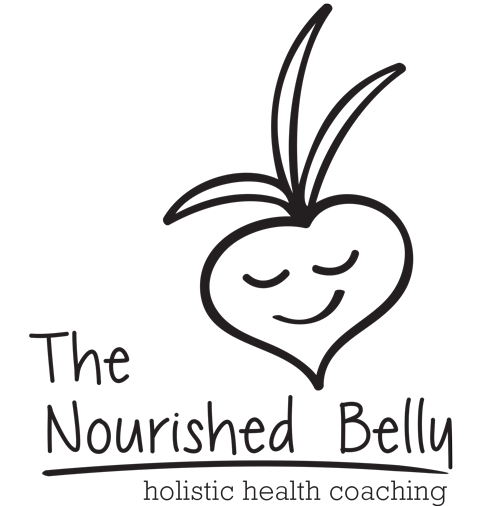When we think of clean living, we think of eating organic foods, drinking filtered water, and paring down our beauty regimens. Recently, my friend Etch, who worked in the apparel industry blew my MIND with some education on chemicals used to make synthetic fabrics, and as I researched, I realized that this is something that we ALL should keep on our radar. Especially for those of us that are immunocompromised, taking out environmental toxins is an important step to healing and staying healthy.
First of all, think about how snuggly we are with our clothes. They rest right against our skins, we sleep in them, we swaddle our newborns in them. If you remember from a previous blog post about beauty products, you’ll remember that our skin is super absorbent. It’s our largest organ, and is very much where we can absorb many toxins if we aren’t careful. When it comes to beauty products, it’s best to wear only what you can eat. So, let’s take a closer look at what we are actually doing when we shop for new clothes.
When it comes to clothes, here are some questions to think about:
How Were My Clothes Made?
SO…..think about fabric, dyes, and processing. There are natural fibers like cotton, silk, wool, linen, hemp and cashmere that are natural and biodegrade in the environment. If you are thinking that these fabrics are more expensive, you’re right! For the process that it takes to make the fabric and spin it into clothing, it’s no wonder that it’s not MORE expensive! The organic fabric industry is small, but the more demand there is the bigger and cheaper things will be for consumers.
But why should you care about how your clothes are made? This is a big topic, but one aspect is that non organic cotton is one of the most heavily sprayed crops, and this Huffington Post article does a really nice job of breaking conventional cotton facts down. Then there are synthetic fabrics like nylon, polyester, acrylic, and rayon. They all are heavily processed (after all, we are MAKING fibers from synthetic materials, sometimes from petrochemicals) and are produced with scary chemicals. The National Institute for Occupational Safety and Health (niosh) suggests that propelyne oxide (which is used to make polyester) be labeled as an occupational hazard since it meets requirements to be considered a potential occupational carcinogen. WHAT?!? Plus these fabrics are not biodegradable. Imagine...your spanx are here for eternity!
Wait, there’s more... dyes and chemical treatments. Synthetic dyes, just like artificial food coloring, can also be unhealthy. That wrinkle free blouse? That could formaldehyde, which you’ve heard of from preserving corpses, and I’ll let the National Cancer Institute tell you more about why it’s dangerous for those of us still living.
Where Was it Made?
As consumers, it’s always important for us to think about who is actually making what we buy. This is a whole other topic of where clothes are made and by who, and what conditions they work in, and how much they get paid. We've all heard of sweatshops, and maybe you heard of that Bangladeshi factory burning down in 2013 that killed 112 workers. So, this is actually something that is a big deal. If I can, I always like to see that things are made here in the US, or buy clothing that is Fair Trade. Here’s a great article if you want to read more about working conditions of garment laborers.
How do I Take Care of it?
How you take care of your clothes plays a large role in whether or not you are adding chemicals to your clothing. 85% of dry cleaners use a chemical called perchloroethylene that is “likely to be carcinogenic.” No thanks. Dryer sheets are also full of chemicals and all the ones in the Environmental Working Group’s Healthy Cleaning Database (http://www.ewg.org/guides/cleaners) (which is a GREAT resource) are rated either D’s or F’s. I've stopped using dryer sheets, and when I had more space I really liked it when I could dry my clothes on the line. (Energy efficient!) And the less synthetic clothing you have, the less need you have for dryer sheets. There are things you can buy that are reusable though, like these wool dyer balls.
Food for thought. It’s sometimes overwhelming to think off all the things we need to do to try and live cleanly in our polluted world, but every small thing you do makes a difference. With the help of my friend Etch, we've come up with some important ideas to start cleaning up your wardrobe and your cleaning routines. There’s no time like the present to start building up your clean living habits!
Resources:
A lovely conversation with my friend Etch
http://www.webmd.com/cancer/news/20100209/dry-cleaning-chemical-likely-causes-cancer
http://www.cdc.gov/niosh/docs/89-111/
http://www.dailymail.co.uk/femail/article-2088623/Toxic-dyes-Lethal-logos-Cotton-drenched-formaldehyde--How-clothes-poison-you.html
http://www.huffingtonpost.com/beth-greer/fashion-environment_b_3527049.html

